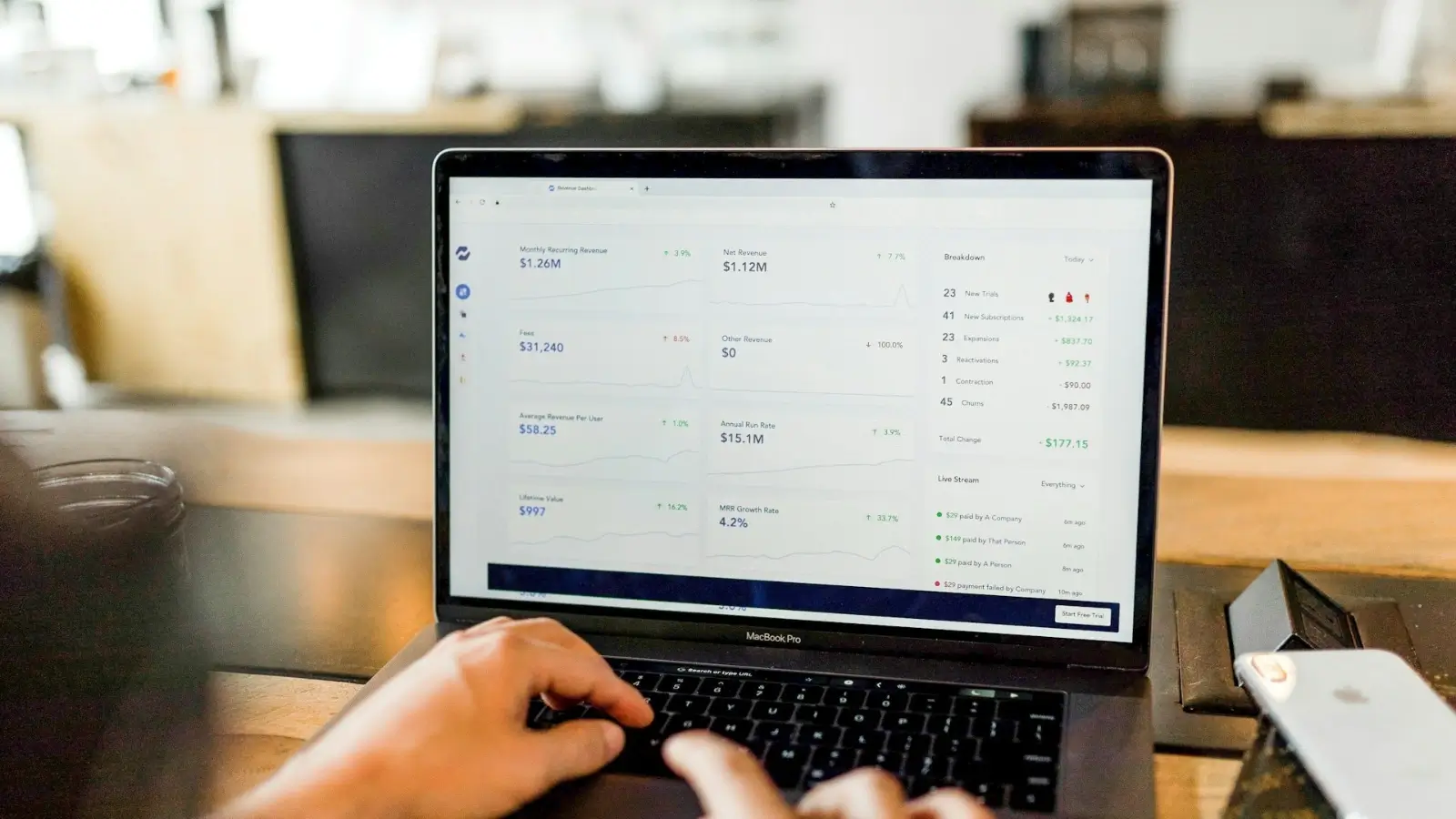


You're not the only person who has ever sat there looking at your bank app, debating whether to pay off another large debt or put money into savings. It has the feel of a tug-of-war. The relief of having no debt and the assurance that you have a small safety net for the future are on opposite sides of the coin. In actuality, you can do both; you don't have to choose between the two.
Loans don’t just cost you the money you borrowed. They come with interest, and the longer you take to pay them, the more expensive they get. At the same time, if you skip savings altogether, you’ll have nothing to fall back on when life throws a curveball. Car breaks down? Medical bill lands in your inbox? Without savings, you’re right back to borrowing again. That’s why balance matters.
Pull out a notebook or open a spreadsheet. Write down your income, your fixed expenses, and the debts you’re paying off. Once you see the full picture, you’ll know how much you actually have left to divide between savings and debt repayment. This part feels boring, but it’s the foundation.
Before you throw everything at your loans, make sure you’ve got a little emergency stash. Even one month of basic expenses in a savings account can stop you from spiralling back into debt when something unexpected happens. Think of it as insurance for your financial peace of mind.
There’s no magic formula, but here’s a simple way to think about it:
It’s easy to only think in terms of “debt” and “savings,” but what about the fun stuff? A holiday, a new gadget, or a family function you know is coming up. If you plan for these short-term goals, you won’t end up using credit cards again to fund them. Even setting aside a tiny “fun fund” helps keep your plan realistic.
Most of us are great at making plans but terrible at sticking to them. If you want to make sure savings actually happen, set up an auto-transfer right after your salary comes in. Treat it like rent or electricity; it’s non-negotiable. Once it’s gone, you’ll learn to live on what’s left.
Sometimes the numbers just don’t add up. That’s when you’ve got two choices: cut back or earn more. Cutting back can mean cooking at home instead of ordering in or pausing new subscriptions. Earning more could mean freelancing, tutoring, or even selling things you don’t use anymore. A little extra income can help you knock out debt more quickly.
Money stress is real, and it can feel heavy. If you ever feel stuck, consider consulting a financial planner or exploring a debt relief program. These are designed to help people restructure what they owe and create space to save again. Sometimes, having someone guide you makes all the difference.
Not all loans are equal. Some, such as education loans or home loans, can be considered “good debt” because they provide long-term value. Others, such as credit card debt or personal loans for lifestyle spending, are considered “bad debt” because they often carry high interest rates and provide no lasting value. When dividing your money, it makes sense to aggressively pay off bad debt while keeping up with minimum obligations on good debt.
Your finances won’t look the same forever. You might finish paying off one loan, land a raise, or face a new expense. Every few months, take a look at your plan and adjust. Think of it like steering a car; you keep making small turns so you stay on the right road.
Balancing savings while paying off loans isn’t about perfection. It’s about progress. Even if you’re only saving a small amount and making slightly higher payments on your debt, you’re still moving forward. Those little choices add up, and over time, you’ll find yourself with less debt, more savings, and a whole lot more peace of mind.